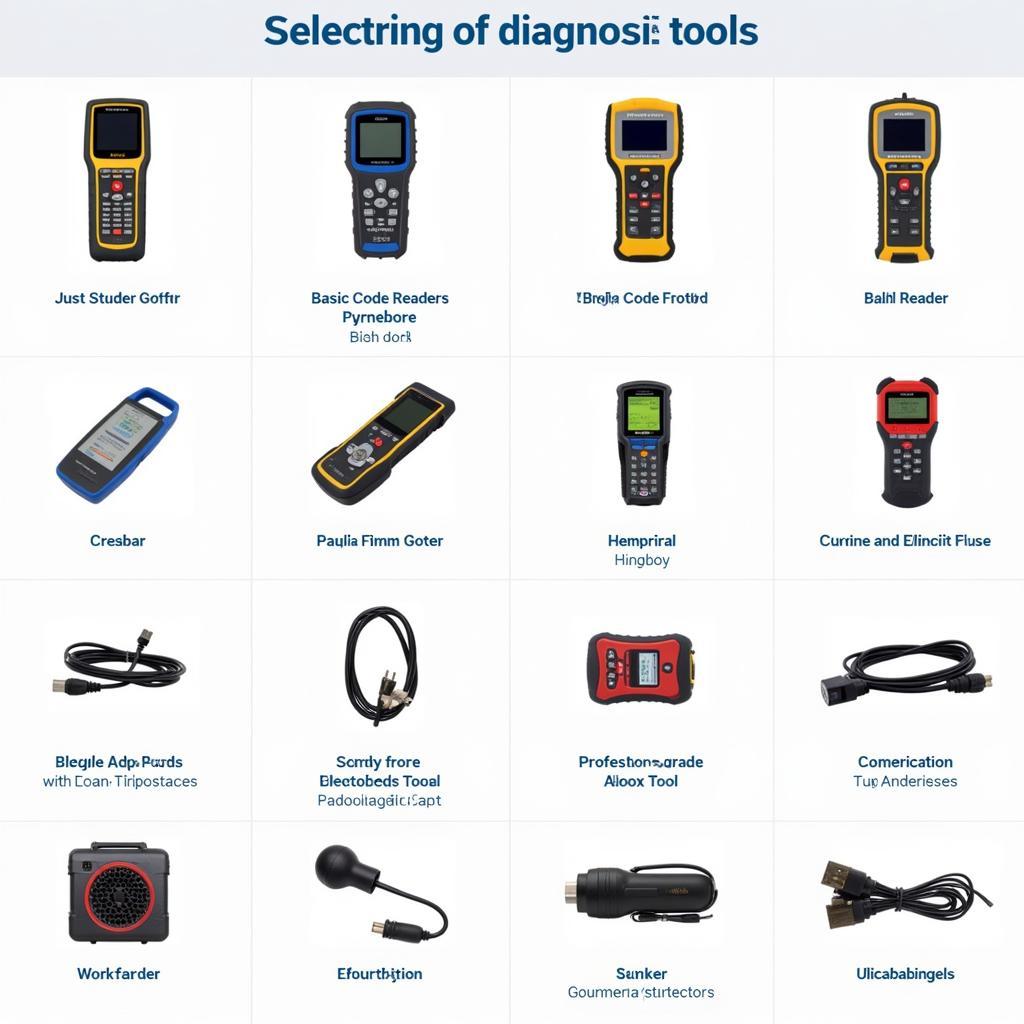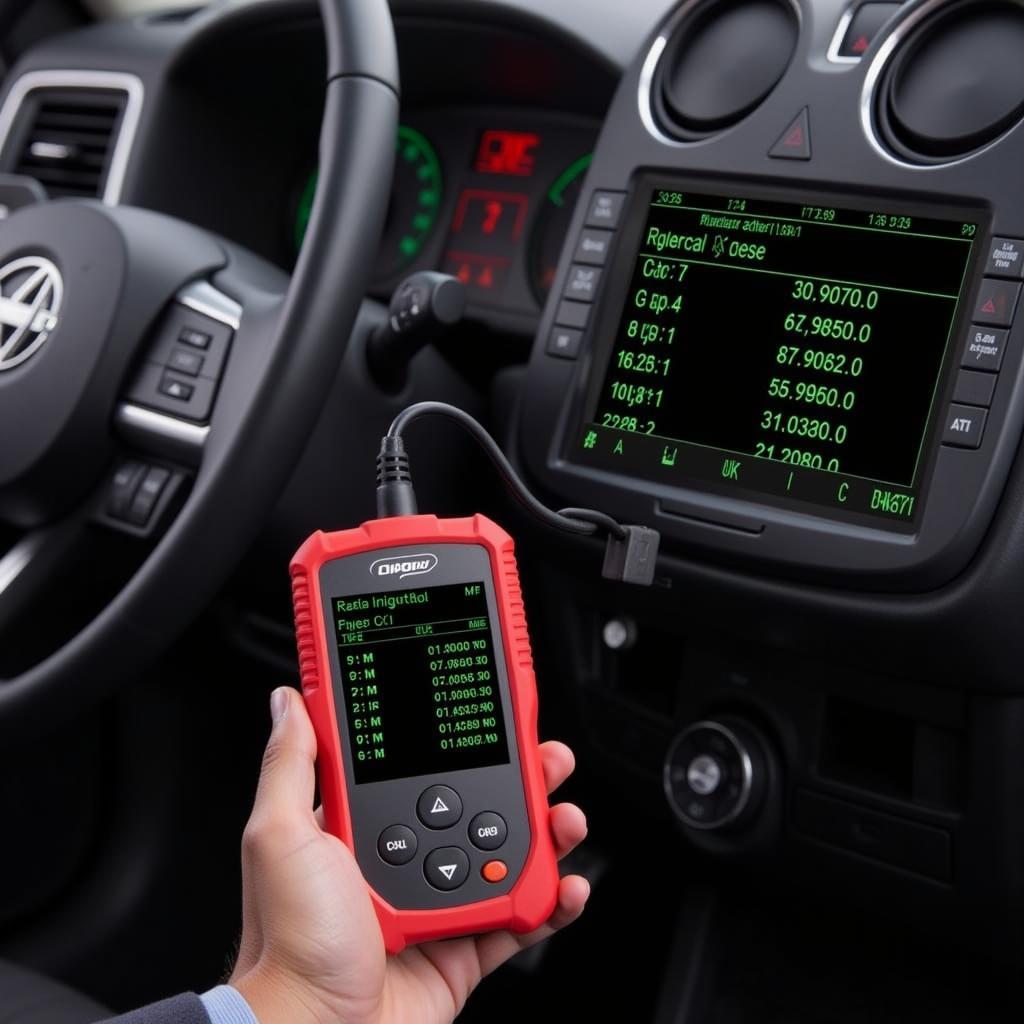Neuropathic Pain Diagnostic Tools are crucial for identifying and managing nerve-related pain. This complex condition requires careful assessment using a combination of patient history, physical examination, and specialized tools to determine the underlying cause and tailor effective treatment. Accurate diagnosis is essential for distinguishing neuropathic pain from other pain types, ensuring patients receive the appropriate care and relief.
What are Neuropathic Pain Diagnostic Tools?
Neuropathic pain diagnostic tools encompass a range of methods used to pinpoint the presence and characteristics of nerve damage causing pain. These tools can include questionnaires, physical examinations, and nerve conduction studies. The goal is to identify the specific nerve fibers affected, the location and extent of the damage, and the underlying cause of the neuropathic pain.
Questionnaires for Assessing Neuropathic Pain
Several standardized questionnaires help healthcare professionals assess the characteristics of neuropathic pain. These tools often ask patients about the quality of their pain, using descriptors like burning, tingling, or shooting. The questionnaires also explore the presence of associated symptoms like numbness, allodynia (pain from normally non-painful stimuli), and hyperalgesia (increased pain sensitivity). The PainDETECT questionnaire, for instance, is widely used and helps differentiate neuropathic pain from nociceptive pain (pain arising from tissue damage).
Physical Examination Techniques
A thorough physical exam is essential for identifying signs of nerve damage. Physicians may assess reflexes, sensation, muscle strength, and coordination. Specific tests like the pinprick test, temperature discrimination test, and vibration testing can reveal areas of sensory impairment. Tinel’s sign and Phalen’s maneuver are other examples of tests used to diagnose nerve entrapment syndromes, which can cause neuropathic pain.
 Physical Examination Techniques for Diagnosing Neuropathic Pain
Physical Examination Techniques for Diagnosing Neuropathic Pain
Nerve Conduction Studies and Other Diagnostic Tests
Nerve conduction studies (NCS) and electromyography (EMG) are valuable tools for evaluating nerve function. NCS measure the speed and strength of nerve signals, while EMG assesses muscle activity. These tests can help identify the location and severity of nerve damage. Quantitative sensory testing (QST) is another technique that assesses various sensory modalities, providing objective measurements of sensory function. Imaging studies like MRI or CT scans may also be used to identify structural abnormalities that could be contributing to neuropathic pain.
Why is Accurate Diagnosis with Neuropathic Pain Diagnostic Tools Important?
Accurate diagnosis using neuropathic pain diagnostic tools is paramount for effective treatment. Neuropathic pain often requires a different approach compared to other types of pain. Treatment may involve medications specifically designed to target nerve pain, such as antidepressants, anticonvulsants, and topical agents. Other treatment options might include physical therapy, nerve blocks, or even surgical interventions in some cases.
“A precise diagnosis is the cornerstone of effective pain management,” says Dr. Amelia Carter, a leading neurologist at the Pain Management Center in Boston. “Using the right diagnostic tools allows us to tailor treatment strategies to the individual patient, maximizing their chances of achieving significant pain relief.”
Finding the Right Neuropathic Pain Diagnostic Tool
Choosing the appropriate diagnostic tool depends on the specific presentation of the patient’s pain. A comprehensive evaluation, starting with a detailed patient history and physical examination, guides the selection of additional tests. The expertise of a healthcare professional specializing in pain management is essential in navigating the diagnostic process and interpreting the results.
“It’s not a one-size-fits-all approach,” explains Dr. Michael Davis, a pain specialist at the University of California, San Francisco. “We use a combination of tools and clinical judgment to understand the unique nature of each patient’s neuropathic pain.”
Neuropathic Pain Diagnostic Tools: A Comprehensive Approach
Ultimately, a comprehensive approach utilizing a combination of neuropathic pain diagnostic tools provides the most accurate picture of a patient’s condition. This holistic approach ensures that patients receive the appropriate treatment plan tailored to their specific needs.
 Doctor Consulting Patient About Neuropathic Pain Diagnosis
Doctor Consulting Patient About Neuropathic Pain Diagnosis
Conclusion
Neuropathic pain diagnostic tools are essential for identifying and managing this complex condition. By understanding the different tools available and their applications, healthcare professionals can effectively diagnose and treat neuropathic pain, ultimately improving the lives of those affected. For further assistance or to discuss your specific needs, contact ScanToolUS at +1 (641) 206-8880 or visit our office at 1615 S Laramie Ave, Cicero, IL 60804, USA. We’re here to help.



